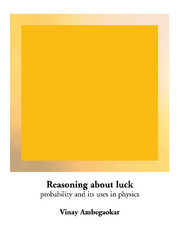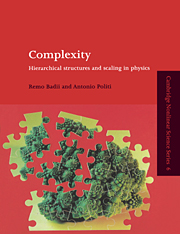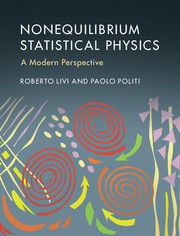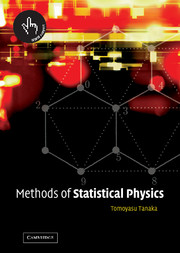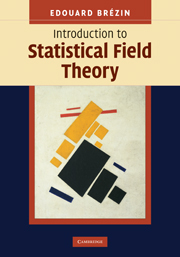Reasoning about Luck
This book introduces the reader to statistical reasoning and its use in physics. It differs from other treatments of physics for nonscientists in its wide-ranging use of quantitative methods, which assume only that the reader can add, subtract, multiply and divide with confidence. The author begins with a self-contained introduction to the everyday uses of probability, including the quantitative assessment of statistical information. The author develops the basic idea of mechanical motion, the molecular theory of gases, entropy as a measure of molecular agitation, limitations on the conversion of heat to work, the physics of the direction of time; chaos, and the role of probability in quantum mechanics. To aid self instruction, there are solved problems at the end of each chapter. This book is perfect for undergraduate physics students and nonscience majors.
- High profile author and department
- Unique and imaginative approach to physics
- Assumes no prior knowledge of calculus or advanced maths
- Suitable for introductory undergraduate physics courses
Reviews & endorsements
"If students who are not majoring in science understood no more physics than that presented by Ambegaokar, they would have a solid basis for thinking about physics and the other sciences." Physics Today
"...there is a real need for rethinking how we teach thermal physics--at all levels, but especially to undergraduates. Progessor Ambegaokar has done just that, and given us an outstanding and ambitious textbook for nonscience majors. I find Professor Ambegaokar's style throughout the book to be graceful and witty, with a nice balance of both encouragement and admonishment." American Journal of Physics
Product details
July 1996Paperback
9780521447379
248 pages
248 × 174 × 14 mm
0.512kg
43 b/w illus.
Unavailable - out of print July 2015
Table of Contents
- Preface
- 1. Introduction
- 2. The likely, the unlikely, and the incomprehensible
- 3. Normality and large numbers
- 4. Examples
- 5. A little mathematics
- 6. Forces, motion, and energy
- 7. Atoms, molecules, and molecular motion
- 8. Disorder, entropy, energy and temperature
- 9. Heat, work, and putting heat to work
- 10. Fluctuations and the arrow of time
- 11. Chaos
- 12. Quantum jumps: the ultimate gamble.

